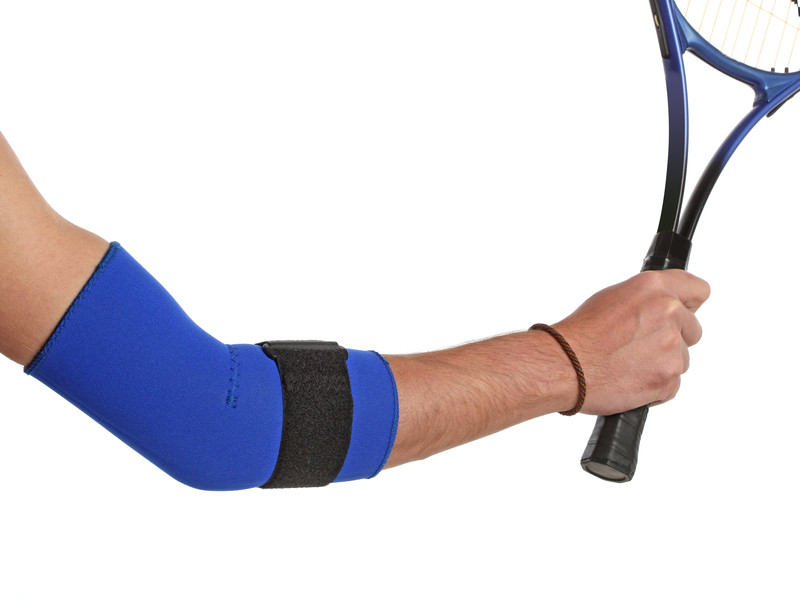If you exercise a lot or work behind a desk in a cubicle, you – much like the British Tennis Star Andy Murray – may have felt the continuous burn of tennis elbow. The sting of tennis elbow can be particularly irritating and takes a long time to heal. Whilst it’s not a broken bone – the fact it is recurring and often chronic means the pain is infuriating (come back too soon from injury and you can aggravate it!). So should you best prepare for tennis elbow? How do you prevent it?
 Symptoms of Tennis Elbow
Symptoms of Tennis Elbow
Tennis elbow is known in medicine as lateral epicondylitis. The -suffix “itis” refers to inflammation whilst the epicondyle is part of the arm bone. Lateral refers to something that is on the outside of your body (so the outer edge of your elbow is inflamed). It occurs when a person continuous uses the muscles and tendons in the forearm. These muscles and tendons become overworked and overused – and in turn become inflamed and painful. If you’ve had tennis elbow you have probably experience some of the following symptoms:
- The pain is usually in the upper form, just below the elbow and on the outside (as discussed previously)
- It usually hurts when you grip objects, like a pen or when you are typing on a keyboard
- It hurts when you twist the arm eg opening a jar or opening the door.
- Some people cannot hold their arm out straight
How do you prevent tennis elbow?
A helpful article in the NYdailynews last week talked about great ways to prevent tennis elbow. The key is to build up the muscles of your forearm so that they don’t become overused and inflamed. The doc recommended the following exercises you can try at home:
- Use a 3-pound dumbell 2/3X a day doing 50 reps of the following:
- Curls (eg a bicep curl)
- Reverse curls (eg with your palm facing upwards)
- Wrist curls (basically a bicep curl but you isolate the wrist and only move it)
- Continuously stretch the arm (6-8 times a day)
How do you treat tennis elbow?
The good news is, according to the British National Health Service, 90% of people make a total recovery within 1 year. However getting help from a specialist clinic can be particularly helpful. They can advise you on a personal treatment regime that will get you back to 100% in the shortest time possible. Typically it will involve some of the following:
- Painkillers like Paracetamol or Ibuprofen can help with the pain. Ibuprofen has the added benefit of being a non-steroidal anti-inflammatory drug meaning it reduces inflammation in the area
- Physiotherapy with a trained therapist can be useful is the problem is persistent
- At times, a referral to surgery is appropriate if the condition is persistent and the pain chronic. A specialist clinic will be able to advise you best on this.


